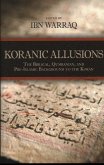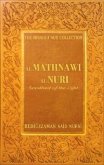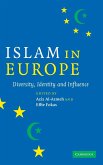This successor volume to The Hidden Origins of Islam (edited by Karl-Heinz Ohlig and Gerd-R. Puin) continues the pioneering research begun in the first volume into the earliest development of Islam. Using coins, commemorative building inscriptions, and a rigorous linguistic analysis of the Koran along with Persian and Christian literature from the seventh and eighth centuries--when Islam was in its formative stages--five expert contributors attempt a reconstruction of this critical time period. Despite the scholarly nature of their work, the implications of their discoveries are startling: • Islam originally emerged as a sect of Christianity. • Its central theological tenets were influenced by a pre-Nicean, Syrian Christianity. • Aramaic, the common language throughout the Near East for many centuries and the language of Syrian Christianity, significantly influenced the Arabic script and vocabulary used in the Koran. • Finally, it was not until the end of the eighth and ninth centuries that Islam formed as a separate religion, and the Koran underwent a period of historical development of at least 200 years. Controversial and highly intriguing, this critical historical analysis reveals the beginning of Islam in a completely new light.
Hinweis: Dieser Artikel kann nur an eine deutsche Lieferadresse ausgeliefert werden.
Hinweis: Dieser Artikel kann nur an eine deutsche Lieferadresse ausgeliefert werden.








